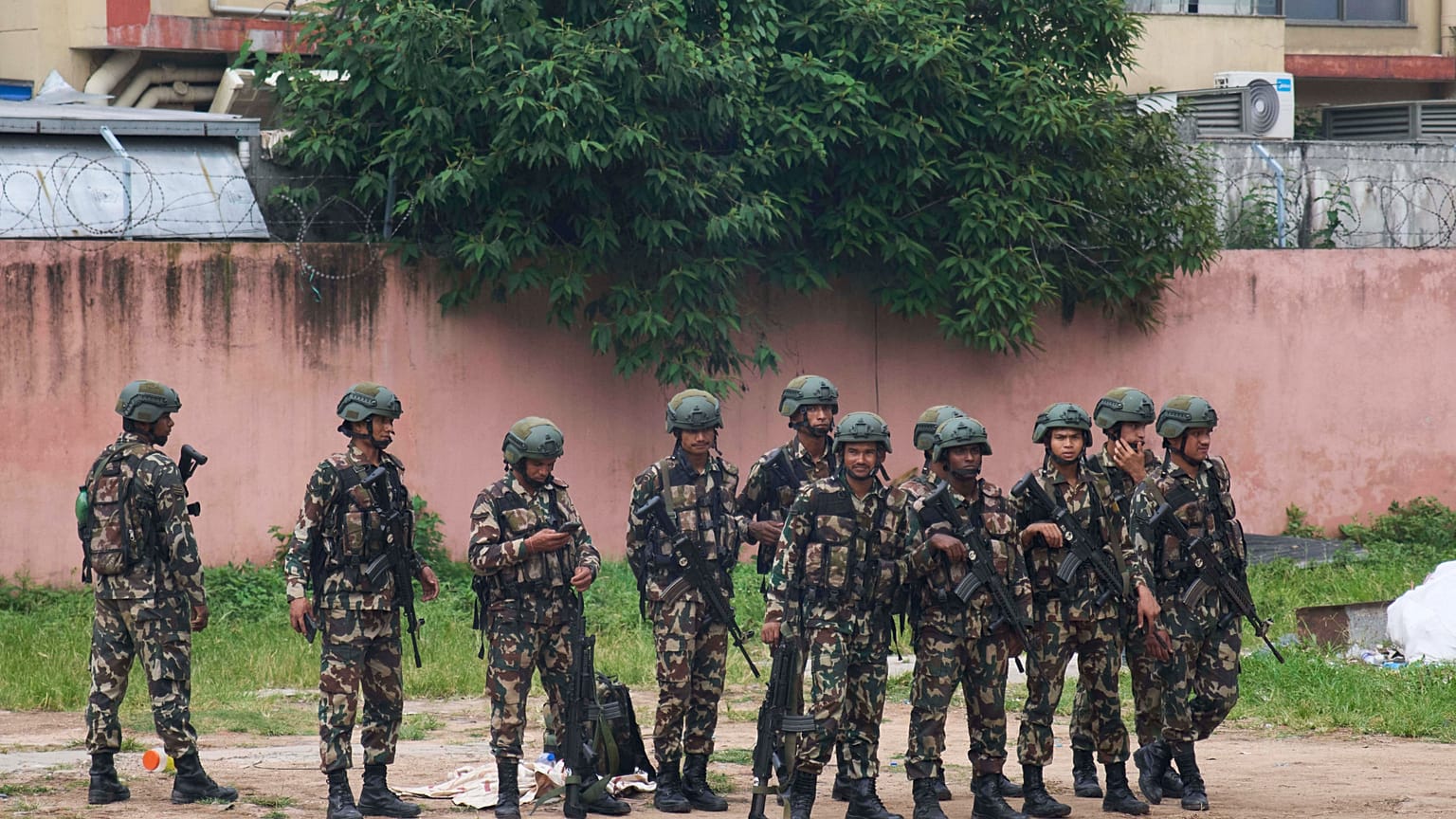Nepali Army Lifts Curfew Amid Protests
The Nepali Army has lifted the daytime curfew in Kathmandu Valley, easing restrictions imposed amid violent Gen Z-led protests that toppled Nepal's government and left at least 51 dead.

The Nepali Army announced on September 12 that it has lifted the daytime curfew in Kathmandu Valley, a significant step toward restoring normalcy after days of violent unrest triggered by youth-led protests against government corruption and a controversial social media ban. According to an official notice, the curfew will now only be enforced from 7 p.m. to 6 a.m., while a separate prohibitory order restricting gatherings remains in effect from 11 a.m. to 5 p.m. today. The move comes as daily life in the capital begins to recover, with increased traffic and residents venturing out to purchase essentials after days of lockdown.
Army Eases Restrictions After Days of Unrest
The curfew and restrictions were imposed after Gen Z-led demonstrations erupted across Nepal, particularly in Kathmandu, following the government's September 4 ban on 26 social media platforms. The ban, widely condemned as censorship, was intended to enforce new digital tax rules but quickly became a flashpoint for broader grievances over corruption, economic hardship, and political nepotism. Protests escalated into violent confrontations with security forces, resulting in at least 51 deaths—including 21 protesters—and over 1,300 injuries, according to Nepal's health ministry. The army took over security command on September 9 after the resignation and flight of Prime Minister K.P. Sharma Oli, who was forced out by the scale and intensity of the demonstrations.
Political Upheaval and Public Response
The unrest saw protesters storming and setting fire to government buildings, parliament, and the residences of top political leaders. The violence and subsequent power vacuum have left the country in a state of uncertainty. The president has asked Oli to lead a caretaker government, but his authority is in question. Meanwhile, protest leaders and much of the public are demanding an interim administration led by a figure outside the traditional political elite. Sushila Karki, Nepal's former chief justice, has reportedly been selected by online forums and protest organizers as the preferred interim prime minister, reflecting the movement's call for generational change and accountability.
Gradual Return to Normalcy
With the army now gradually relaxing restrictions, there are signs of daily life resuming in Kathmandu. Residents rushed to buy food and supplies during the curfew lift, and international flights have resumed at Tribhuvan International Airport after a period of closure. However, security remains tight, with soldiers patrolling key areas and enforcing the remaining curfew hours. The situation outside the capital varies, as some districts continue to enforce local curfews and prohibitory orders depending on the level of unrest.
The Gen Z movement, which began as a reaction to the social media ban, has evolved into a broader demand for political reform and youth representation. As the immediate crisis subsides, many Nepalis are hopeful that the upheaval will lead to lasting changes in governance and greater responsiveness to the needs of the country's young majority.